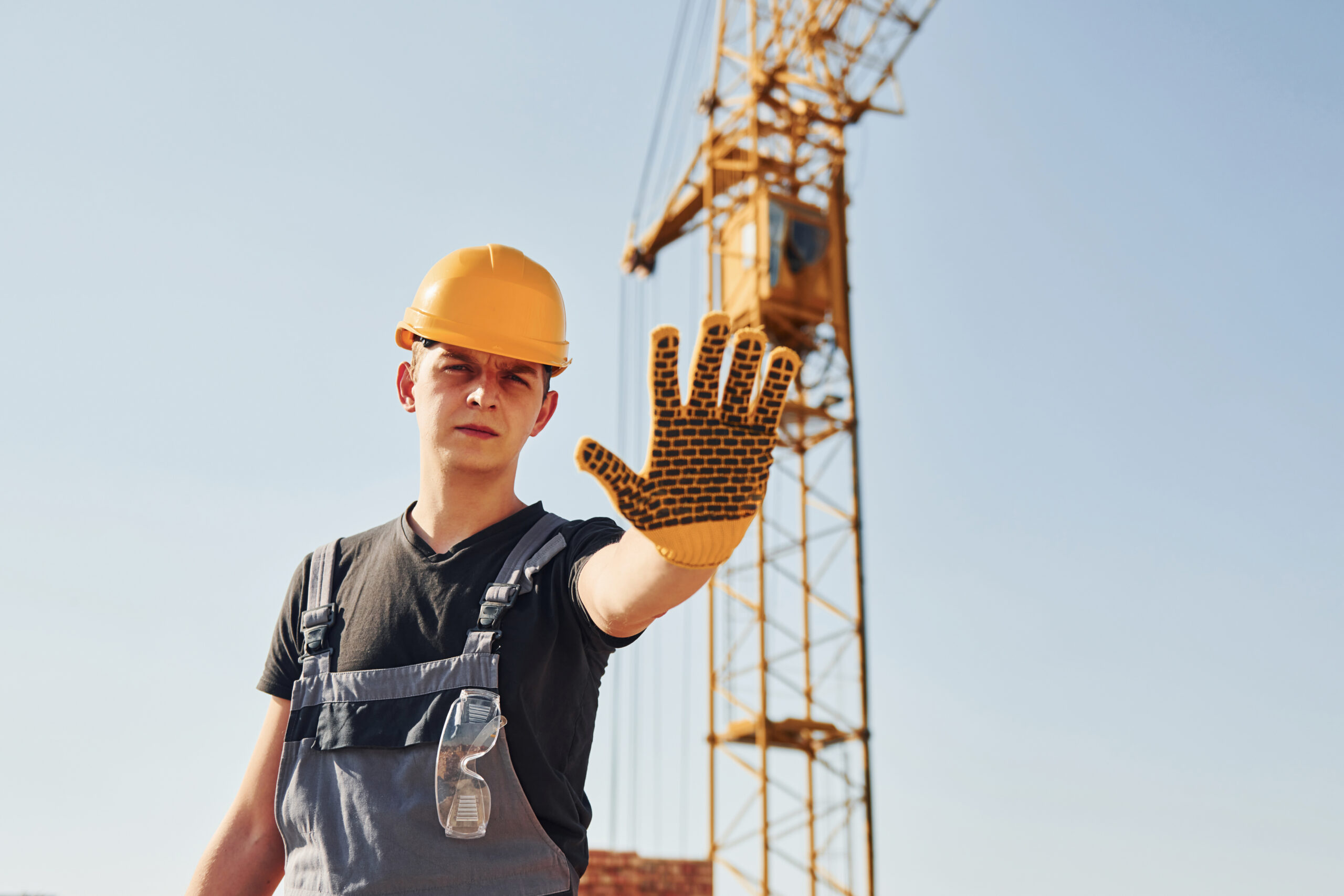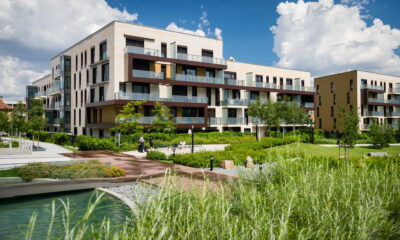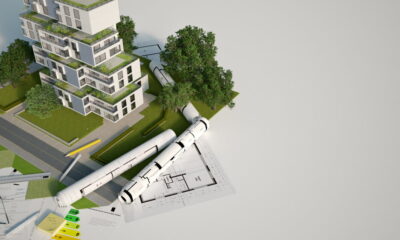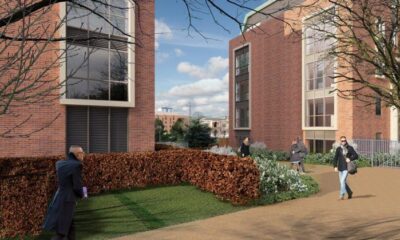

Environment
Assessing the Environmental Impact of Construction Noise
At a time when we are all acutely aware of our environmental impact, it is crucial that the construction industry steps up and does everything possible to promote environmentally friendly practices. The World Green Building Council estimates that the construction industry accounts for 39% of the entire global carbon footprint. Construction companies must take all reasonable measures to reduce their environmental standards. In order to lower the environmental consequences of their business models, construction companies must go beyond merely lowering their carbon emissions.
There are many ways to improve the sustainability of construction companies. One way of doing this is to reduce the levels of noise that comes from construction sites. There are a range of ways to assess, monitor and control environmental noise and the outcome of these efforts should be a well-managed, safe environment for the crews that work on them and the residents in the local area.
Environmental Noise Risk in the Construction Industry
Construction sites are typically very noisy places, with many people working on different aspects of a build and needing to use tools and machinery to get their job done effectively. This is something that needs to be taken into consideration when running a construction site, since noise reduction has been shown to help porpoises and other wildlife.
A noise risk is posed when the levels of construction sounds go beyond what is expected because of a combination of the following noise sources:
- Construction taking place
- Machinery being used
- On-site traffic
- Workers traffic when arriving and departing from the site
- Communication between the crews
- Industrial processing
The Control of Noise at Work Regulations 2005 in the UK set out the requirements of construction sites to reduce the exposure of noise for workers to avoid ill-health and ongoing medical needs. There is also the requirement to ensure that residents are not left harmed by the ongoing noise from the site. Of course, these changes are also great for helping reduce environmental harm as well.
There is a range of ways to do this, but you must understand the risks that are posed in order to reduce the impact of them. With so many different noise sources, it is easy to see how noise can become an issue on a construction site and so it is vital that appropriate noise assessments take place to monitor the impact and reduce the issue.
How to Assess Environmental Noise?
To successfully monitor the impact of noise that comes from a construction site, you need to be able to assess the noise effectively. To do this, you can use a combination of the following measurement tools to get the most exact picture:
Noise Meters – these handheld devices allow you to measure the level of sound from anywhere on the construction site. They are easy to use and provide immediate feedback so that you can be confident that your noise targets are being met.
Sound Meters – these larger devices are installed on a tripod and left in-situ for a specific period. During this time, they are programmed to take regular noise readings and provide you with a clear overview of the changing noise levels throughout the day. Many of these devices allow you to store and download the results so that you can analyse it at a time that suits you.
Outdoor Noise Measuring Kits – these are weatherproof devices that provide long term noise measurement capability and can be installed to remain on site until construction has finished. You can monitor the levels of noise over a long or short period and ensure that the noise limits you set are being adhered to during the entire day.
Once you have regular and accurate noise level readings, you can work on limiting the impacting and reducing the levels of noise even further. In most cases it would be advisable to use a noise measurement company such as Nova Acoustics to assess and measure the noise impact.
How To Limit and Control Environmental Noise
When it comes to limiting and controlling the noise on a construction site, you can implement the following things:
- Hiring low-noise machinery
- Using equipment correctly
- Installing sound barriers
- Putting distance between the noise and the workers
- Reducing the number of people that can access noisy areas
- Providing hearing protection equipment
- Scheduling effectively to reduce the time workers are around noise
- Training workers to understand the risks posed by loud noises
Once you have a range of controls in place, you must continue to monitor them alongside the noise levels to ensure maximum effectiveness. You will also need to have a range of supervisory tools in place to ensure that rules are being followed and equipment is kept in the best condition.


 Environment10 months ago
Environment10 months agoAre Polymer Banknotes: an Eco-Friendly Trend or a Groundswell?

 Environment11 months ago
Environment11 months agoEco-Friendly Home Improvements: Top 7 Upgrades for 2025

 Features9 months ago
Features9 months agoEco-Friendly Cryptocurrencies: Sustainable Investment Choices

 Features10 months ago
Features10 months agoEco-Friendly Crypto Traders Must Find the Right Exchange






























